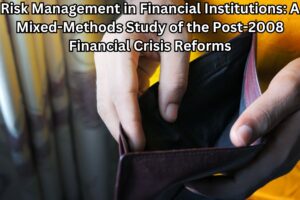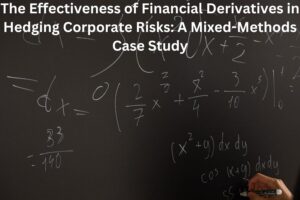Description
Behavioral Biases in Investment Decision-Making: A Mixed-Methods Study of Retail and Institutional Investors
Abstract
The psychological tendencies that people regularly employ when choosing assets are identified as behavioral biases in financial decision-making. It is important to realize that permitting biases and feelings have a larger influence on decisions than logic. For instance, there exist advantages or mistaken decisions. However, the research checks the validity of social biases on investment decisions, guided by the differences involving institutional and retail investors. Therefore, using mixed-methods methods, the study investigates how securing, loss repulsion, and overconfidence are instances of cognitive biases. Moreover, these affect both investor groups’ investment decisions. It combines quantitative surveys, and qualitative interviews are to achieve. The study intends to explain the different ways behavioral biases are evidence. Moreover, it describes influence investing results by demonstrating relationships involving these two groups.
Administering survey of retail and institutional investors is done in quantitative phase. However, it determines the frequency and simplicity of favoritism in their decision-making techniques. The research finds one-sidedness which is mental accounting, herd bias, and overconfidence bias, anchoring. For example, these are instances that may substantially impact investors’ choices. They apply statistical evaluation to alter two unique gatherings thereby attain patterns, differences. Such elements provide realities about what biases mean for risk resilience, speculation choices, and portfolio development techniques. Additionally, this stage analyzes whether investors’ preparation or experience decreases the impact of these biases.
As per the analysis, directing interviews with institutional and retail investors assists them with acquiring profound information. This might be related to mental and emotional factors that impact their decision-making. Besides, the mix of quantitative and qualitative strategies, this study plans to give a comprehensive understanding of what behavioral biases mean for different investors. Therefore, while pursuing financial decisions, the referred biases incorporate anchoring, loss aversion, herd behaviour, framing effects, and overconfidence.
Read more about the topic
An Analysis of Behavioral Biases in Investment Decision-Making
View Other Projects on Investment Decision








Reviews
There are no reviews yet.